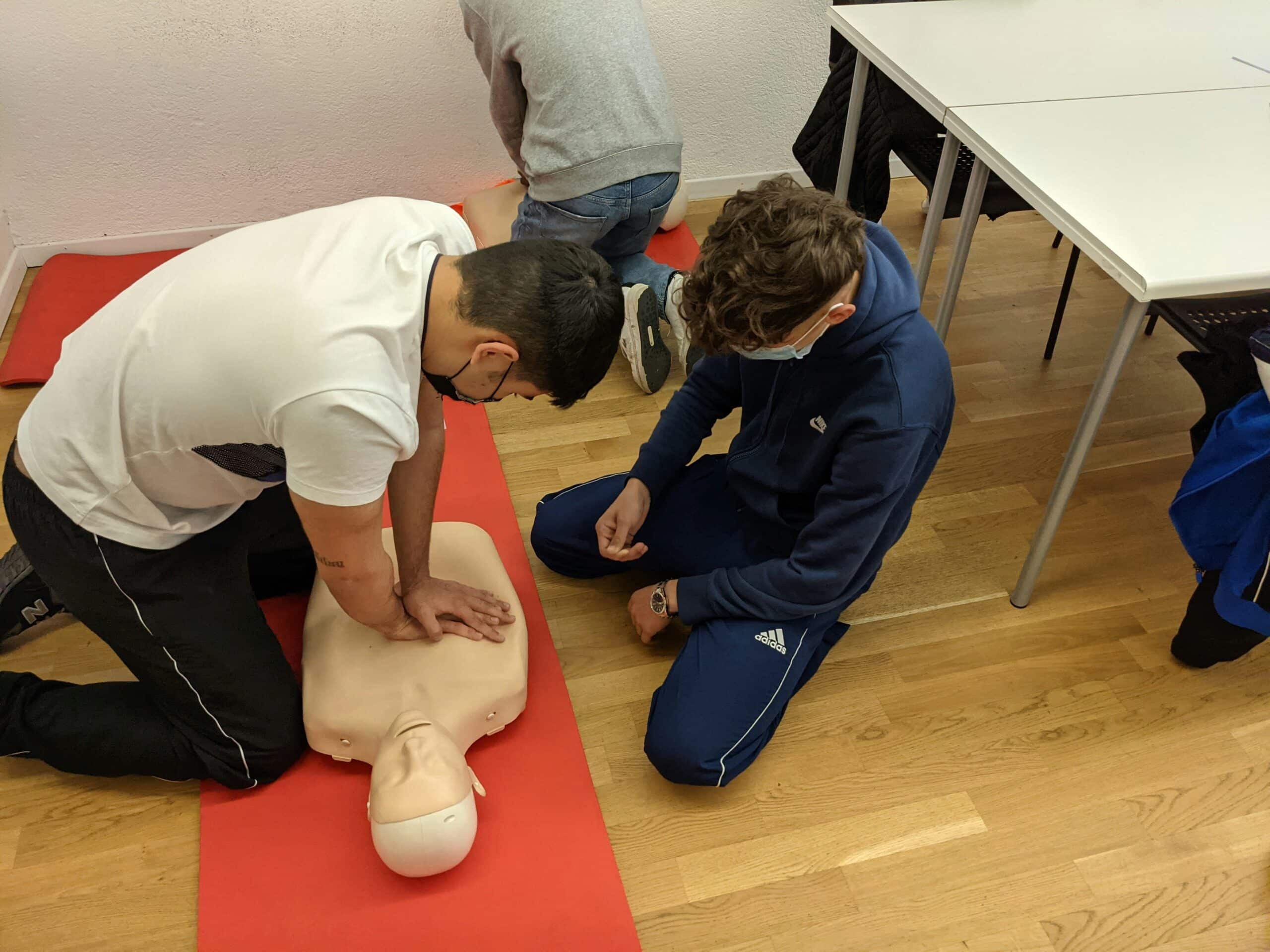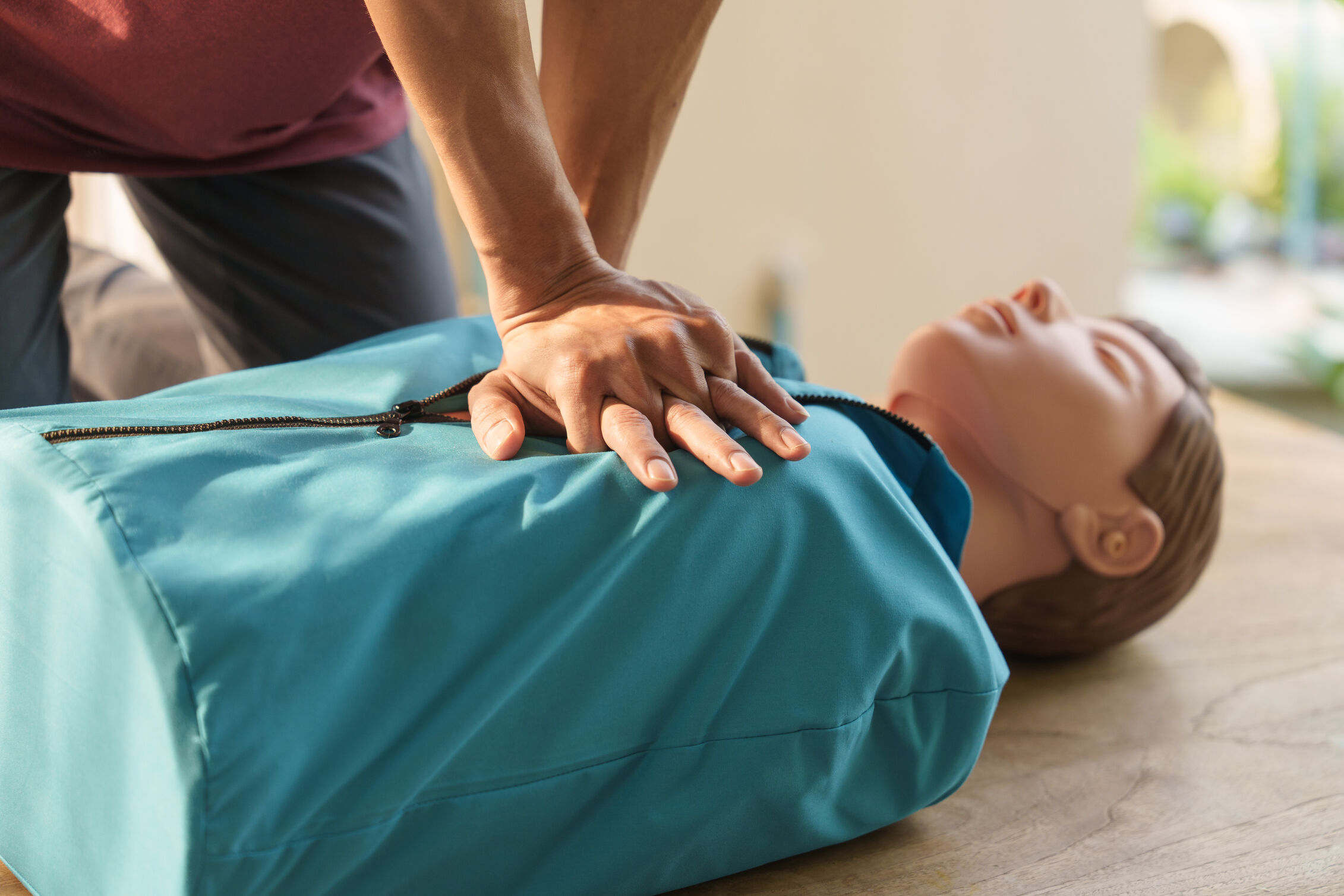Basic Life Support Guidelines and Best Practices for Nurses

Basic life support (BLS) is the foundation of resuscitation. For adult and pediatric patients facing a life-threatening emergency, science-based BLS interventions are critical to supporting patient physiology until access to definitive interventions is established.
Every nurse must be BLS certified, but being an effective rescuer requires confidence in your knowledge and skills—and there’s always more to learn. Thankfully, it’s easy to attain your certification or recertification online, so you’re never far away from the resources you need to stay up-to-date and meet your professional obligations.
However, even though the fundamentals are well understood, basic life support guidelines are always evolving. Today’s strategies have been simplified to reflect decades of hands-on experience with the most effective concepts and techniques. Here is an outline of today’s BLS guidelines and associated best practices every nurse should know.
The Building Blocks of BLS
BLS interventions involve a series of important steps that focus on maintaining circulation, airway, and breathing in emergencies. These concepts and recommendations are evidence-based and are essential to giving the patient the greatest chance of survival. Basic life support guidelines are pretty simple, but when followed properly, they protect your health and sustain the life of your patient until help arrives.
1. Assess the Situation
The number one rule in rescuing others is scene safety. This refers to an assessment of the patient’s surroundings and environmental factors that could potentially put you in danger. If you become a victim, you will not only fail to save a life, but you’ll put others at risk by complicating the situation.
Once the scene is determined to be safe, you can make contact with the patient. Offering some form of physical stimulus like a tap on the chest or shoulder while asking them if they’re OK is your first impression of the patient's condition. Patients who don’t respond appropriately or at all may be in serious trouble.
2. Call for Help
If the person is unresponsive or altered, call for help. The more resources you can get to the patient, the better chance they will have of surviving, so requesting support when possible is always beneficial.
Depending on the setting, this could be a call to 911 or hitting the code bell in your patient's treatment room. If you’re the only one trained to administer BLS, you may be able to direct someone else to call. Regardless, you’re only one person, and acting alone isn’t in the best interest of your patient.
3. Open the Airway, Check Breathing, and Feel for a Pulse
Except for situations where you suspect patient trauma may make it unsafe, the use of the head-tilt/chin-lift maneuver to open the patient’s airway is still the ideal approach. This procedure should be used on an unconscious person and involves tilting their head back and lifting their chin.
- Toddler-age children through adults: Use the head-tilt/chin-lift to prevent the tongue from blocking the airway.
- Infants: Using the neutral head position for maintaining the airway has shown to be most effective. Because their head is proportionally much larger, tilting can limit air movement in and out of the lungs.
For all patients, once the airway is open, you’ll need to check their breathing. By bending down close to them, you can look for chest wall movement that would indicate they are making an effort to breathe on their own. Patients who are not breathing or gasping will need to be ventilated manually using rescue equipment like a face mask or bag valve mask.
This is also an optimal time to check for a pulse.
- Adults: Check for a pulse at their carotid arteries on either side of their neck.
- Children: It’s often most appropriate to check for a pulse at the femoral or brachial arteries.
- Limiting interruptions: When doing compressions, you are squeezing the patient's heart between your hand and their spine to push oxygenated blood into circulation. Limiting interruptions to compressions allows for the most amount of blood to be circulated, offering the patient the best chance of survival.
During CPR, ventilations and compressions need to be performed in unison to ensure they don’t work against one another. Basic life support guidelines dictate that adult patients should receive compressions and ventilations at a ratio of 30 compressions to 2 ventilations.
BLS guidelines for children with a single rescuer are the same as for adults. However, with two or more rescuers, CPR should be performed at a ratio of 15 compressions to 2 ventilations with a partner.
5. Use an Automatic External Defibrillator (AED)
Using an AED in the setting of a cardiac arrest can be a definitive piece in the resuscitation puzzle. For some patients, it will be the only way to survive a lethal arrhythmia.
The science and AED technology available today have come a long way, and these life-saving devices are easier to use than ever. Many AEDs are designed with a speaker that will verbally walk you through how to use them. After first turning on the device, you will be visually or verbally guided through where to place the pads and which buttons to push to allow the patient’s rhythm to be identified. If the device advises a shock should be delivered, it needs to be done immediately.
Make sure everyone is clear of the patient and press the button to administer a shock. The AED will give you feedback on the results and advise you on the next steps, including beginning CPR.
Hardwiring Basic Life Support Guidelines
These basic life support guidelines are just a part of the valuable training you’ll receive when you take a high-quality BLS certification course. These certifications last for two years, and you will have 30 days to get recertified once they expire. In nearly all cases, nurses cannot practice if their BLS certificate expires, and it’s easy for new healthcare workers to become overwhelmed and accidentally lapse.
Premiere is dedicated to keeping the nursing workforce active and informed with award-winning resources that are affordable and easy to access. Our online BLS certification and recertification courses are based
All of Premiere’s courses are created by industry experts and make meeting your professional obligations and advancing your career as simple as finding a screen.
Latest Posts


.png)
.jpeg)


